Description
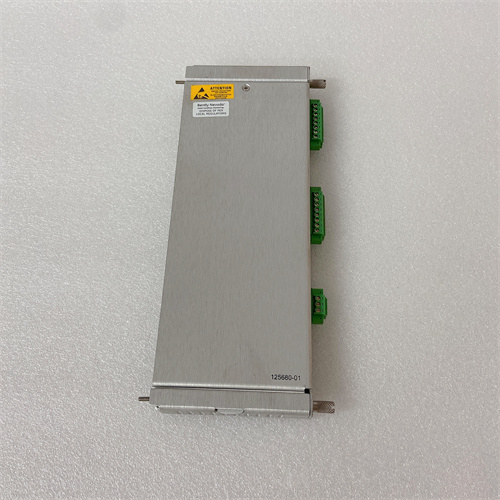
Parameter Specifications
- Power Supply
The Bently 125680 – 01 usually operates on a dual – redundant 24V DC power supply. This redundant design ensures continuous operation even if one power source fails. The power consumption is relatively low, around 10 – 15W, which is energy – efficient for long – term use. - Input/Output Channels
- Input Channels: It has multiple input channels for connecting various sensors. For example, it can be connected to vibration sensors, displacement sensors, and temperature sensors. The input channels are designed to accept different types of signals, such as analog voltage or current signals.
- Output Channels: There are several output channels. These can be used to send control signals to other devices, such as alarms or actuators. The output signals can be in the form of relay contacts or analog signals, depending on the specific requirements.
- Measurement Range and Accuracy
- For vibration measurement, it can cover a wide range of frequencies and amplitudes. The measurement accuracy is high, typically with an error of less than ±1% for vibration amplitude measurement, which ensures reliable monitoring of machinery conditions.
- Communication Interface
It supports multiple communication interfaces, including Ethernet and Modbus RTU. The Ethernet interface allows for high – speed data transfer and remote monitoring, while the Modbus RTU interface enables easy integration with other industrial control systems.
Uses
- Industrial Machinery Monitoring
- In manufacturing plants, the Bently 125680 – 01 is used to monitor the condition of rotating machinery, such as pumps, compressors, and turbines. By continuously monitoring vibration, displacement, and temperature, it can detect early signs of mechanical faults, such as bearing wear, misalignment, or imbalance.
- Power Generation
- In power plants, it can be used to monitor the condition of generators and steam turbines. This helps in preventing unexpected breakdowns, reducing maintenance costs, and ensuring the stable operation of the power generation system.
- Petrochemical Industry
- In petrochemical refineries, it can monitor the condition of various types of equipment, such as centrifugal pumps and agitators. By detecting potential faults in advance, it can avoid costly production interruptions and ensure the safety of the production process.
Weight and Dimensions
- Weight
The Bently 125680 – 01 weighs approximately 2 – 3 kg, which is relatively light considering its functionality. This makes it easy to install and handle during the setup process. - Dimensions
It has a compact design with dimensions around 200mm (length) x 150mm (width) x 100mm (height). This allows it to be installed in standard control cabinets or on equipment racks without taking up excessive space.
Characteristics
- High – Precision Monitoring
- With its high – accuracy measurement capabilities, the Bently 125680 – 01 can provide precise information about the condition of machinery, enabling early detection of faults.
- Flexible Configuration
- It offers flexible configuration options. Users can easily configure the input/output channels, measurement ranges, and communication parameters according to specific application requirements.
- Fault Diagnosis and Alarm Functions
- The device is equipped with advanced fault diagnosis algorithms and alarm functions. It can automatically detect abnormal conditions and send out alarms in a timely manner, allowing operators to take appropriate measures.
Stability and Reliability
- Robust Design
- The Bently 125680 – 01 has a robust mechanical and electrical design. It can withstand harsh industrial environments, including high levels of vibration, dust, and temperature variations.
- Redundancy and Self – Diagnosis
- The redundant power supply and built – in self – diagnosis functions enhance the reliability of the device. It can detect and report internal faults, and continue to operate normally in case of a single – point failure.
- Long – Term Testing
- The device has undergone extensive long – term testing under various industrial conditions to ensure its stability and reliability over a long service life.
Actual Cases
- Turbine Monitoring in a Power Plant
- In a power plant, the Bently 125680 – 01 was installed to monitor a large – scale steam turbine. It detected a slight increase in vibration amplitude, which indicated early – stage bearing wear. Thanks to the early detection, the maintenance team was able to replace the bearings in time, avoiding a major breakdown and reducing the downtime of the power plant.
- Pump Monitoring in a Petrochemical Refinery
- In a petrochemical refinery, the Bently 125680 – 01 was used to monitor a centrifugal pump. It detected an abnormal temperature rise in the pump, which was caused by a blocked impeller. The alarm function of the device alerted the operators, and they were able to clear the blockage promptly, preventing damage to the pump and ensuring the continuous operation of the production process.
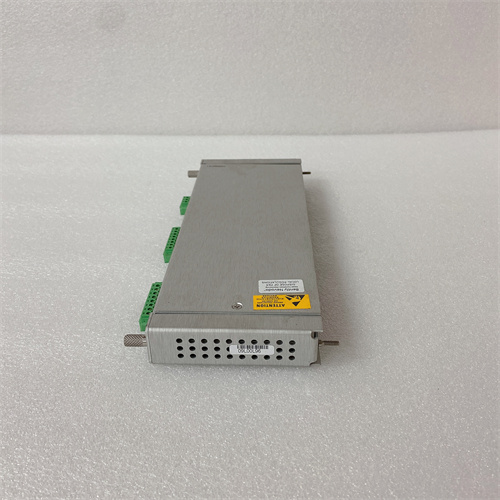


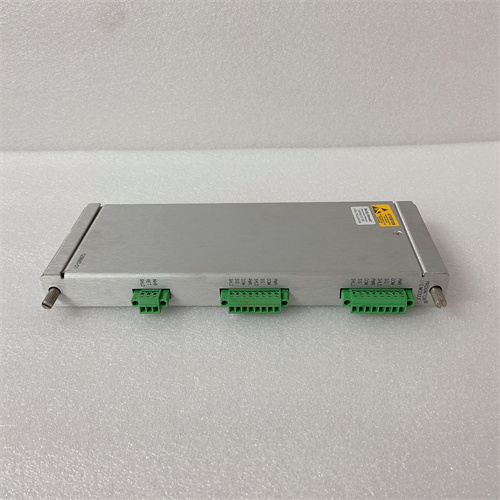
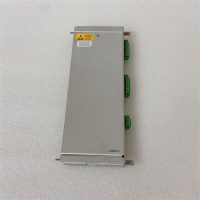

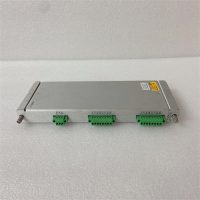


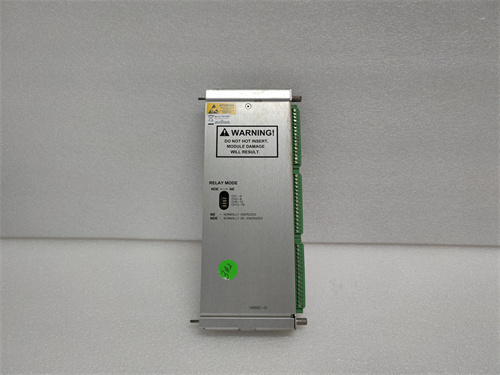
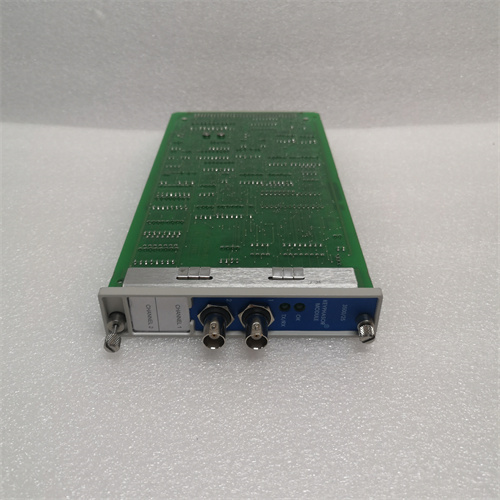

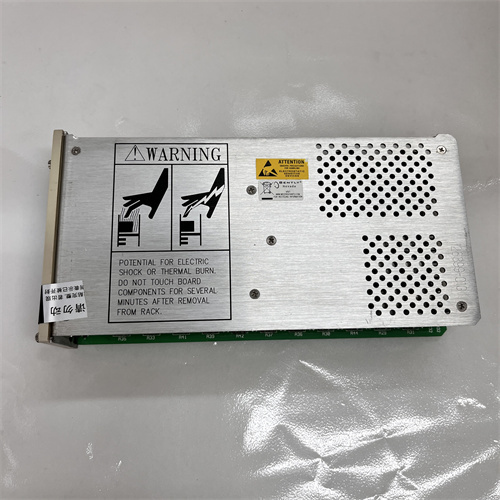
Reviews
There are no reviews yet.